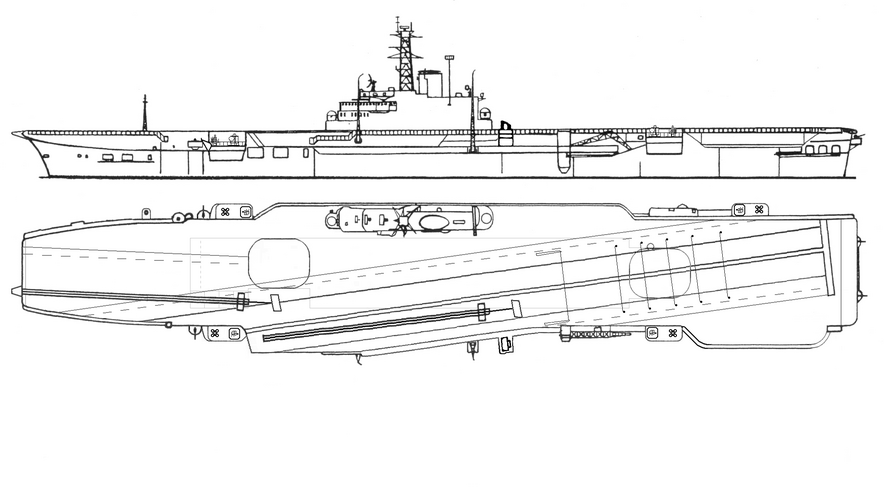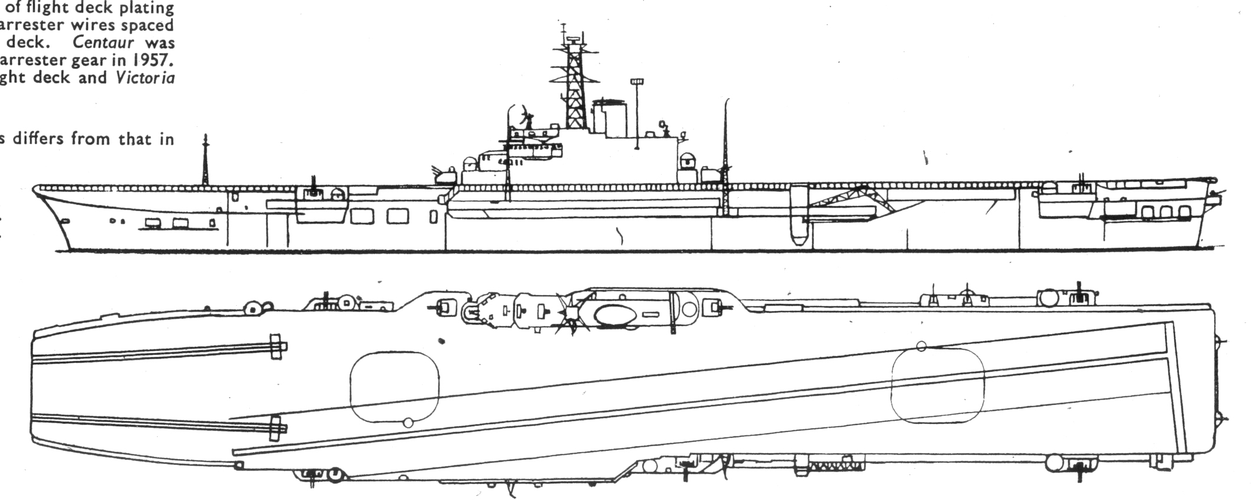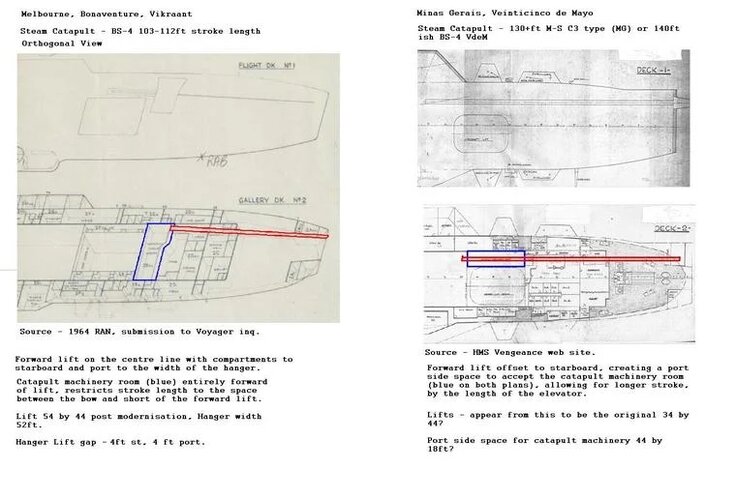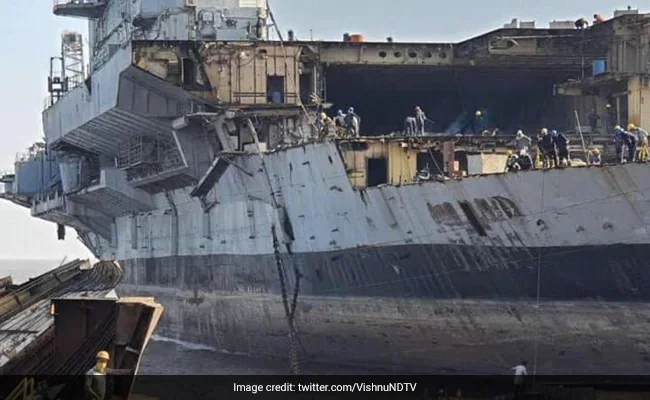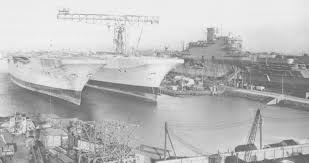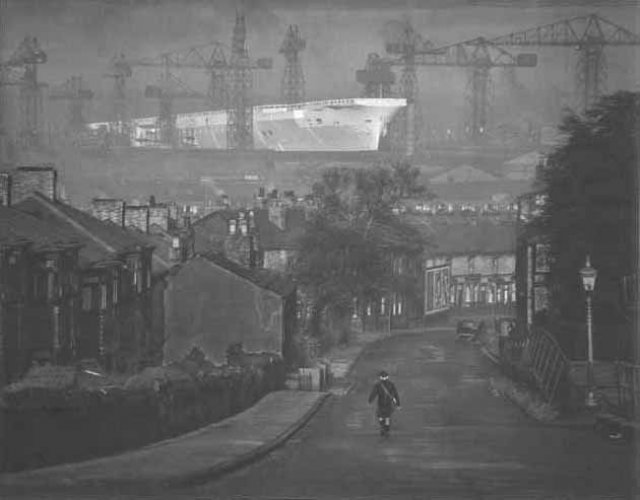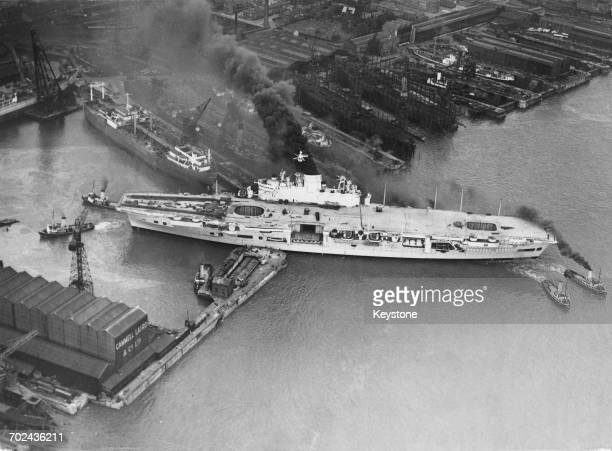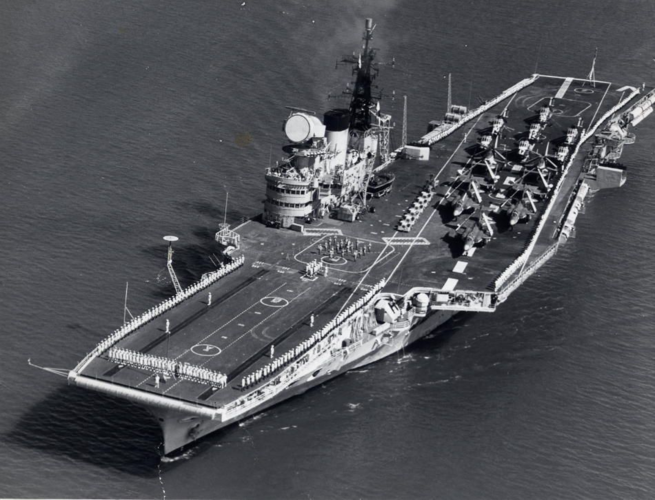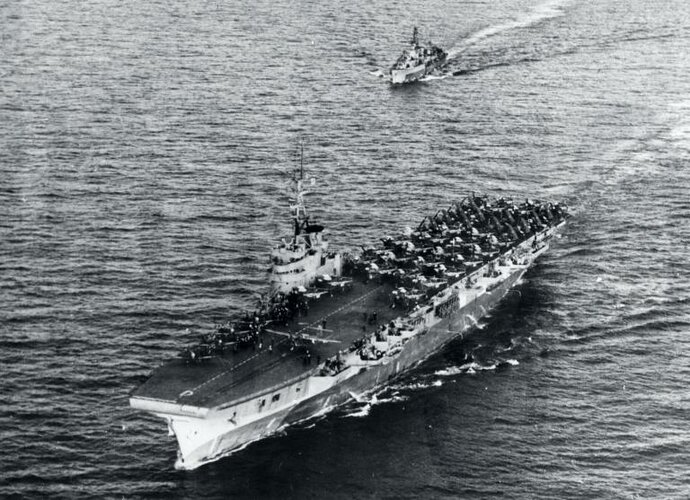NOMISYRRUC
ACCESS: Top Secret
- Joined
- 28 September 2008
- Messages
- 2,311
- Reaction score
- 3,705
Fair enough.In May 1982 25 de Mayo deployed withLink to Post 109.Indeed, how would a larger Veinticinco de Mayo have served Argentina in 1982...assuming no change elsewhere.
8x A4Q Skyhawk
4x S2E Tracker
2x S3D Sea King
2x Alouette III.
While her capacity may have been more the ability of the ARA to fill those slots is questionable. For example of 16 A4Q Skyhawks acquired in 1972 only 10 remained in service in 1982. Of 5 S3D in service in May 1982 only 3 were operational. Of 6 S2E in service only 5 were operational with only 4 deploying on the carrier at any one time.
The Argentinians only ordered 14 Super Etendards which were intended to replace not augment the Skyhawks remaining in service.
So you can begin to see how some of the figures quoted in earlier publications are arrived at. But whether that represents the actual intended embarked air group or not I don’t know.
With regard to the ARA and the SUE, ISTR reading somewhere recently that although they trained on the carrier, for which there are videos around on the net, their ability to carry a full weapons load was limited. I’ll try to remember where I saw it and dig it out.
Is it possible that they'd have acquired more than 16 Skyhawks in 1972 because the larger version of VdM could accommodate more aircraft so more would be left in 1982. And a greater percentage of the total might be left in 1982 due to them being operated from a larger ship which might result in fewer aircraft being lost in accidents.
For what it's worth I know that the Super Etendards were intended to replace not augment the Skyhawks remaining in service, but presuming that they buy more than 14 to operate from the larger ship does that mean that more would have been delivered by April 1982? Does it also mean that more Exocets were ordered and more of them were delivered by April 1982?
For that it's worth what I've read on the net is that the weather was unusually calm so there wasn't enough wind-over-deck for the Skyhawks to take off with a full weapons load. However, Jordan wrote.
If that's true (and recent experience has told me not to believe what I read in books) maybe it was the faulty catapult that created the problem rather than the calm weather or even a combination of both.Problems with her catapult apparently hampered her participation in the campaign.
Last edited:

